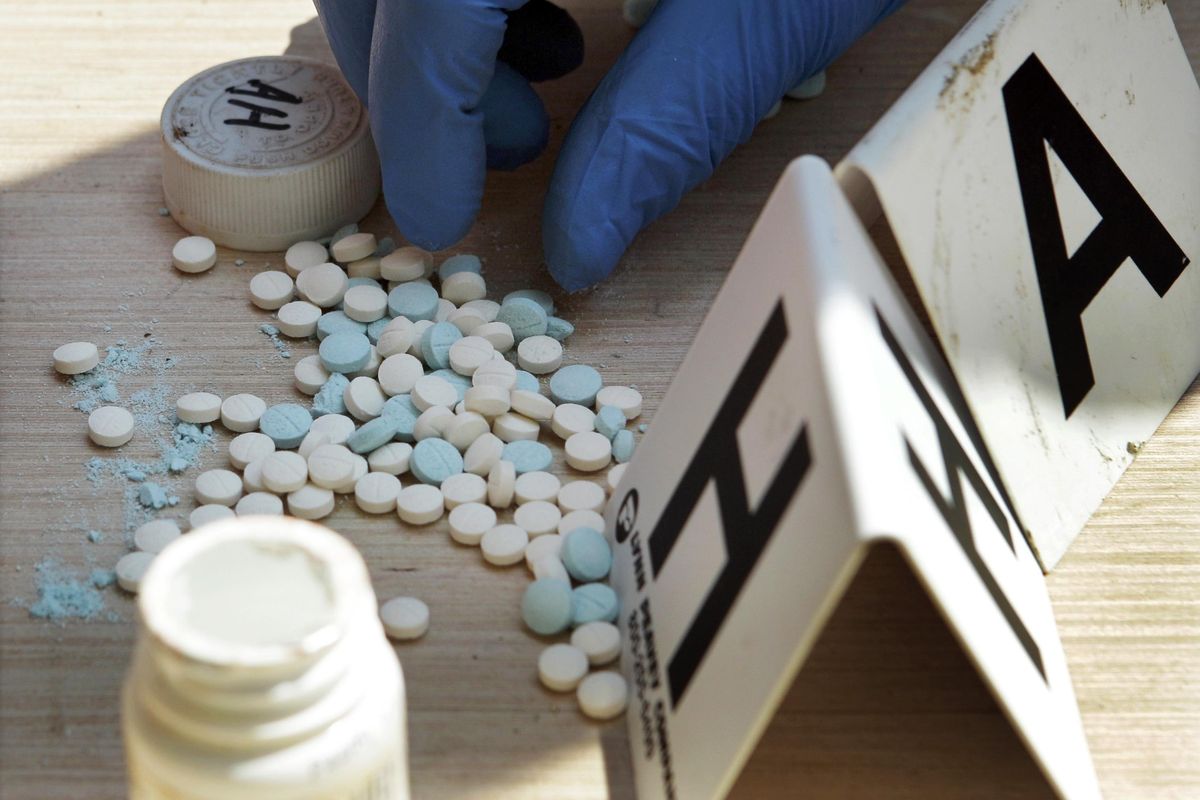Amphetamine hospitalizations increasing every year in Spokane, rivaling opioids

The opioid epidemic has gained the national spotlight when it comes to drug issues, but in Spokane and nationwide the number of people hospitalized due to amphetamines is rivaling opioids.
In 2017, more than five times the number of people were treated at Spokane hospitals as a result of amphetamine-related conditions compared with 2008, according to the Spokane Regional Health District. In 2008, 208 people were hospitalized because of amphetamines, including meth. In 2017, 1,108 people were hospitalized with amphetamines in their systems.
Spokane is outpacing the country in amphetamine-related hospitalizations. From 2008 to 2015, they are up nationally by 245 percent, according to a study in the Journal of the American Medical Association. In Spokane during that same time period, amphetamine-related hospitalizations jumped by 280 percent.
“In our community and broadly across the West Coast, we’re seeing a real significant uptick in methamphetamine usage,” said Dr. Bob Lutz, health officer for the Spokane Regional Health District. “Methamphetamine is back in a big, big way that’s paralleling illicit opioid use.”
But the number of hospitalizations from amphetamines doesn’t show the full picture of how many users there are in Spokane. Meth only accounts for part of that category, and other, legal drugs also account for part of those hospitalizations. Prescription medication for attention deficit disorder, like Ritalin, is one example.
A better indicator of meth-specific growth in Spokane, needle exchange rates, shows that meth has become more popular than heroin. In 2012, 604 people exchanged needles for meth use and 808 exchanged needles for heroin use. In 2016, 1,027 people exchanged needles for meth use, outnumbering the 936 needles exchanged for heroin use, according to the health district.
Meth dipped in popularity in the early 2000s and has flown under the radar while opioid use, mostly heroin, has become more popular, Lutz said. But now that providers are pulling back on prescribing opioid painkillers like oxycodone, people are turning to meth again because it’s cheaper, he said.
With meth starting to become the preferred drug of choice over heroin, the number of deaths is likely to rise because meth kills more people in Spokane County. In 2017, 44 people died from meth and 16 died from heroin, according to the Spokane County Medical Examiner’s Office.
Opioids are known as depressants, or “downers,” which relax users, but amphetamines do the opposite. Amphetamines are “uppers,” which influence users to act like “tweakers” by twitching, sputtering, walking erratically and acting violently.
“When someone is tweaking out and walking around and speaking abnormally, it’s meth,” Lutz said. “It’s not opioids.”